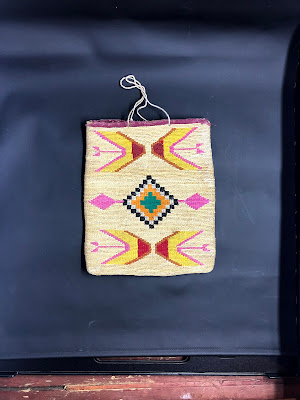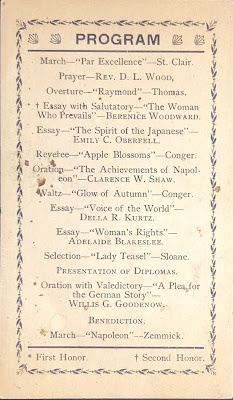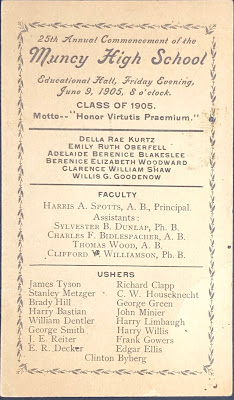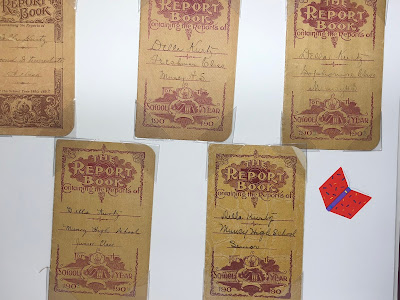#42 Adventure A genealogy research trip to Pennsylvania
Since I have numerous ancestors in Pennsylvania, I decided to attend a genealogy conference in Lancaster. And why not spend a few days researching! Although it was over Mother’s Day, I missed my family; but it was a Mother’s Day to remember! Lancaster county is where the Shaffner ancestors lived and died. Attending the conference was a help to learn more, but the adventures began when I embarked on searching out burial locations.
I had rented a car and I had Google maps! This was nearly 10 years ago so technology & GPS were not as good as now. And I was driving, alone. That didn’t bother me but it did hamper my ability to look at the gorgeous farming county!
I knew that my great great grandfather’s sister was buried in a church graveyard in Manheim. I was terribly worried that I wouldn’t be able to find the church or the graveyard. It was so easy it was unbelievable! The church was easy to find in the small town and the graveyard was next to it. I walked to the first row of tombstones, and there was her headstone! And her husband, and her daughter and her son! I was excited to know my research work was correct!
Zion Lutheran Church
Manheim, Pennsylvania
Catherine Shaffner White, Sister of Gabriel Shaffner who is my great great grandfather.
I knew that other Shaffner’s were buried in Manheim but at the Manheim Fairview Cemetery. I had contacted the Manheim Cemetery before going and they provided a map of where the Shaffner tombstones were located. And this where the adventure began!
I found the headstone!
Or a vault!
The Steeple had the names of the family members, supposedly in the vault.
It would be easy to climb on the roof see the names on the steeple!
Henry Shaffner is my great great grandfather’s brother.
The names on all 4 sides of the steeple are his family.
The door of the vault with a gate in front of it
Door frame with inscription
Gate with Henry Shaffner's name
The door was locked! Since I did not bring lock picking tools or a bolt cutter, I was unable to look inside! Who has the key? Later I contacted the Cemetery Association and they were considering cutting the lock. The information from the cemetery indicates that the vault was moved there. Death dates indicate that some died before the vault was moved. There are several stories with the vault!
Who has the key???
Using a telephoto lens I was able to take photos of all 4 sides of the steeple. It was hard to get a good photo of the side of the steeple over the roof. Yes, for a moment I considered climbing on the roof to get a better view and a better photo. But since it was Mother’s Day, I decided the potential of a headline in the local newspaper of a Montana girl falling into the tomb vault wasn’t something I wanted! The fear of falling into the vault kept me safe that day!
So the mystery of the vault lives on.
What an adventure and discovery!






































